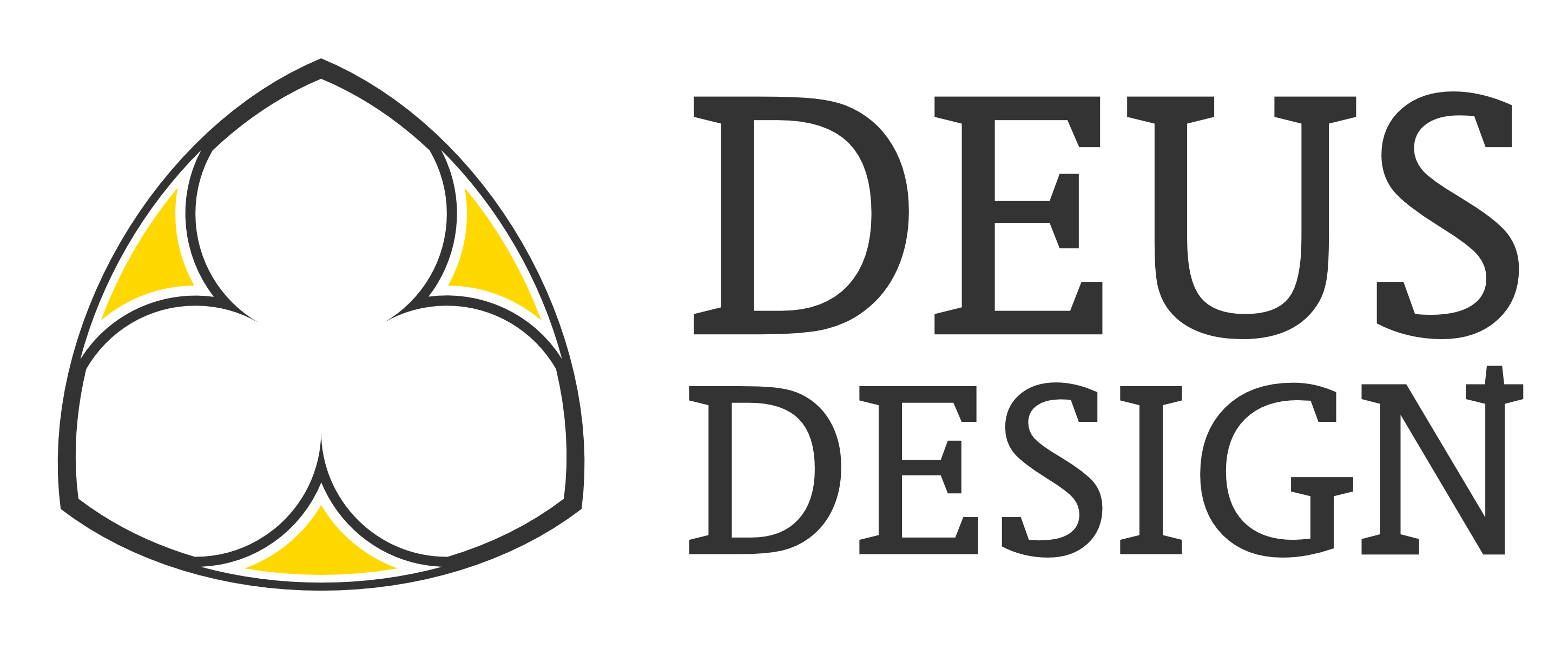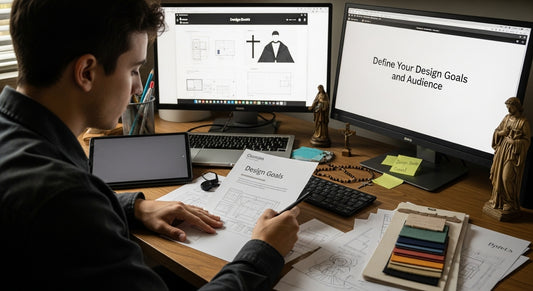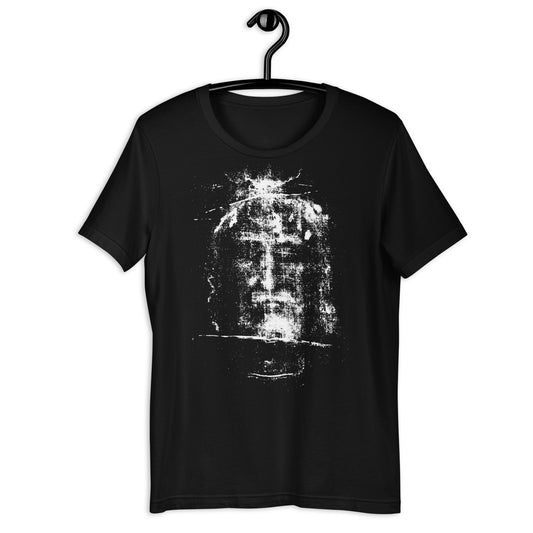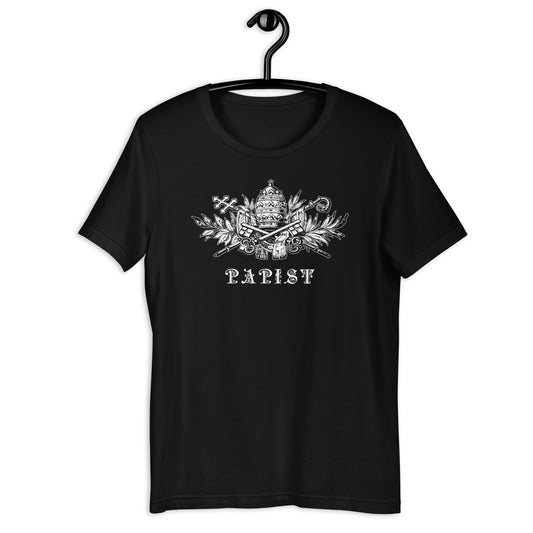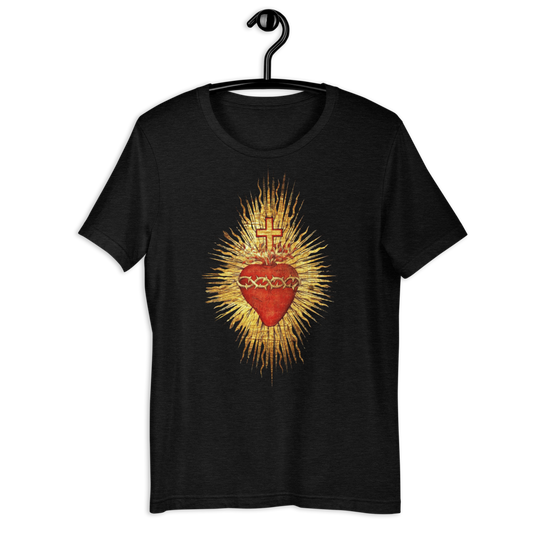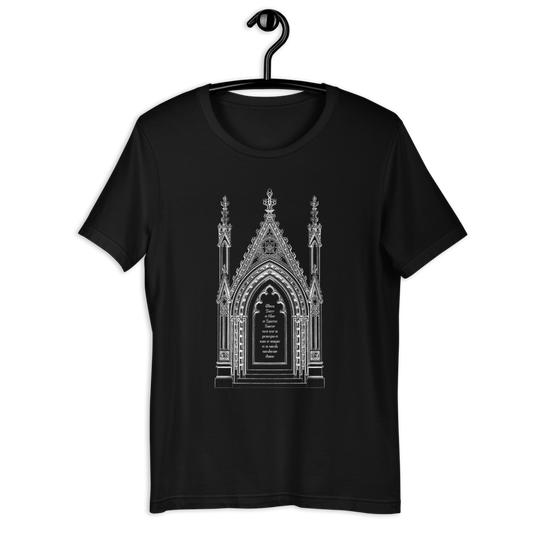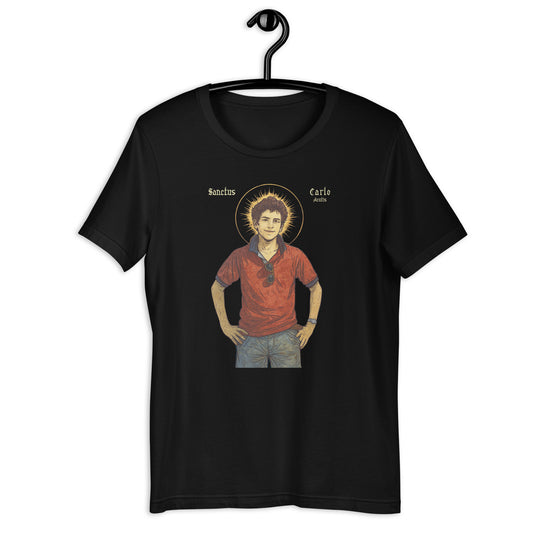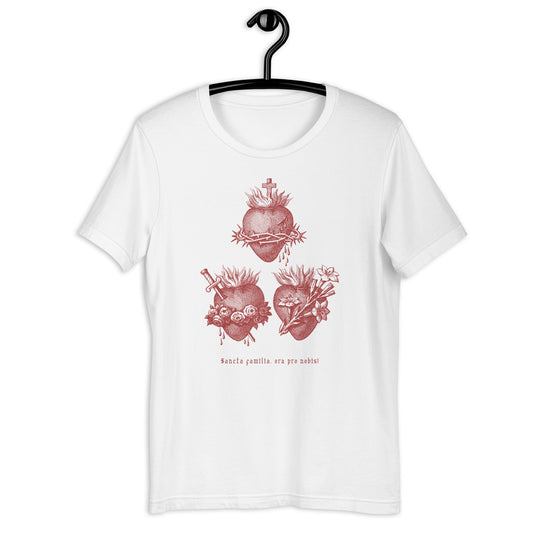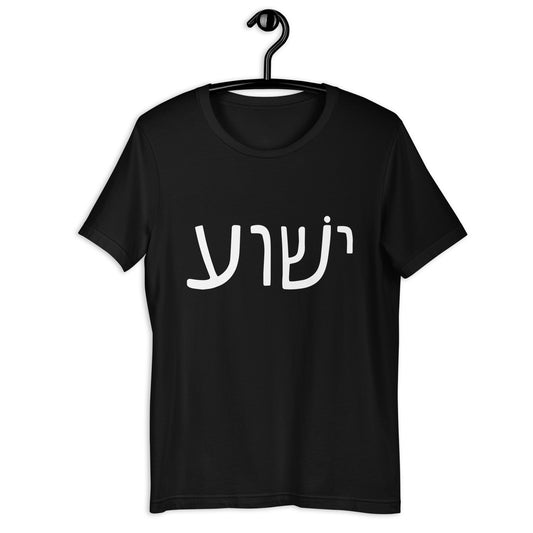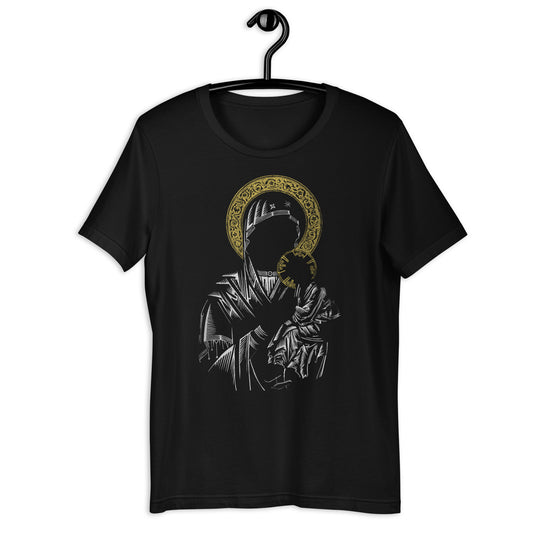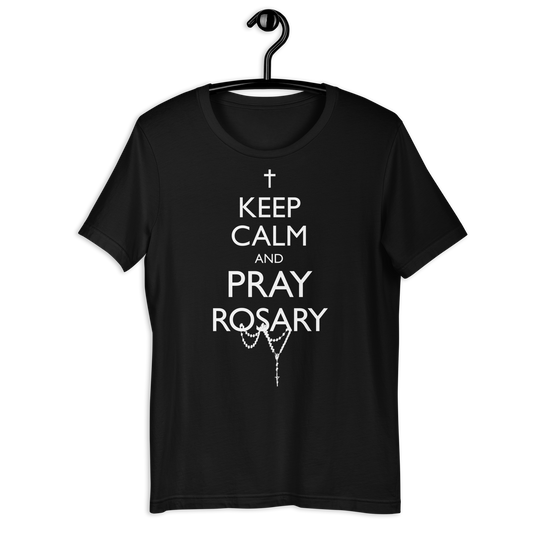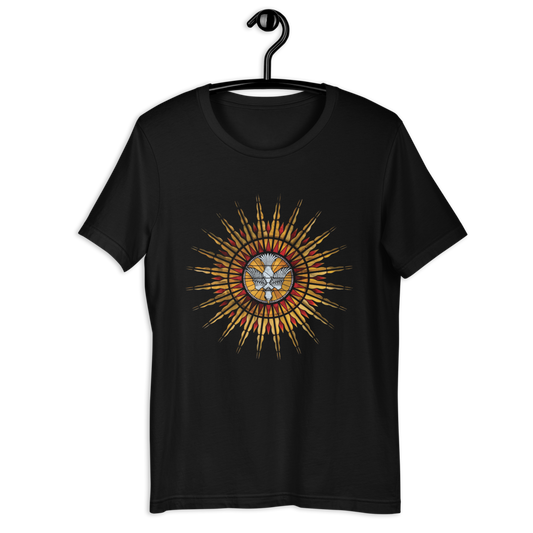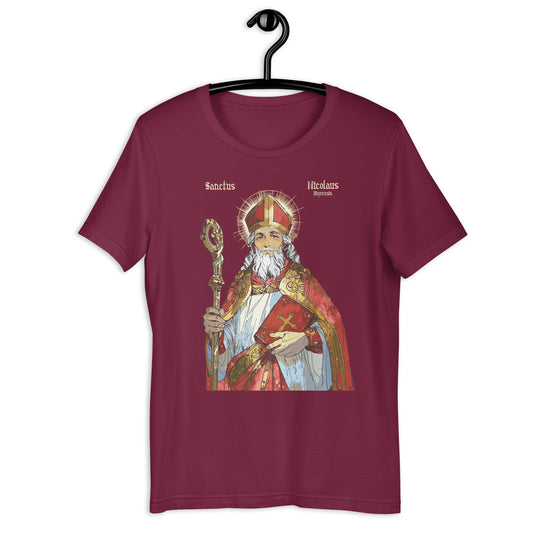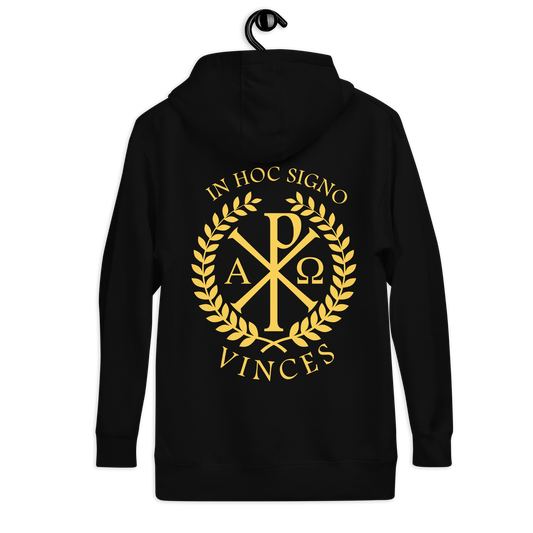Designing Catholic merchandise seems straightforward and plenty of people think it is just about putting a cross on a t-shirt. However, targeting the right audience and purpose is so important that University of Florida research specifically calls it crucial for authentic design. Most folks miss this first step and end up with clothes nobody actually wants to wear. The real starting point is actually finding out who you are designing for and why your merchandise should exist at all.
Table of Contents
- Step 1: Identify Your Audience And Purpose
- Step 2: Research Design Trends And Inspirations
- Step 3: Develop Unique And Faith-Based Concepts
- Step 4: Create Initial Design Mockups
- Step 5: Gather Feedback And Refine Designs
- Step 6: Finalize Designs And Prepare For Production
Quick Summary
| Key Point | Explanation |
|---|---|
| 1. Understand your target audience | Identify demographics and lifestyles to create designs that resonate with specific groups within the Catholic community. |
| 2. Research current design trends | Utilize platforms like Instagram and Pinterest to gather inspiration and understand visual trends that appeal to young Catholics. |
| 3. Develop unique faith-based concepts | Create designs that communicate spiritual messages using innovative symbols and modern aesthetics, sparking conversation and curiosity. |
| 4. Gather diverse feedback | Collect opinions from a variety of reviewers to refine designs and ensure they connect authentically with your audience. |
| 5. Prepare for production meticulously | Ensure your final designs are optimized for manufacturing by creating high-quality files and choosing the right production partners. |
Step 1: Identify Your Audience and Purpose
Designing Catholic merchandise begins with understanding your target audience and core purpose. This foundational step determines the entire trajectory of your design process for Catholic merchandise, ensuring your products resonate authentically with your intended community.
Catholic merchandise isn’t just about creating another t-shirt or hoodie. It’s about crafting a meaningful communication tool that connects faith with contemporary culture. Your audience likely includes young, engaged Roman Catholics seeking ways to express their spiritual identity through modern, stylish clothing that sparks conversation and evangelization.
To effectively identify your audience, start by developing comprehensive audience personas. Consider demographic factors like age range (typically 18-40), religious engagement level, cultural background, and lifestyle preferences. Are your potential customers college students, young professionals, or active parish members? Understanding these nuances helps create designs that genuinely speak to their experience.
Purpose matters as much as audience. According to University of Florida’s Extension research, defining clear objectives is crucial in targeted communication. For Catholic merchandise, your purpose might include evangelization, community building, or providing a subtle yet powerful way for Catholics to share their faith publicly.
Reflect deeply on questions like: What conversation do you want your merchandise to start? How can your design invite curiosity about Catholic faith? What visual language will feel authentic yet appealing to your target demographic?
Key verification points for this step include:
![]()
- A clearly defined audience persona
- A documented statement of design purpose
- Preliminary sketches or mood boards reflecting audience insights
By meticulously understanding your audience and purpose, you transform merchandise from mere clothing into a meaningful instrument of faith expression.
Below is a checklist summarizing the key verification points for Step 1, helping you confirm readiness before moving on.
| Checklist Item | Description |
|---|---|
| Audience persona defined | Developed a detailed profile of your target Catholic audience |
| Purpose statement documented | Wrote a clear, specific goal for your merchandise design |
| Preliminary sketches or mood boards created | Produced visual references reflecting audience preferences |
Step 2: Research Design Trends and Inspirations
Researching design trends and inspirations is a critical phase in developing compelling Catholic merchandise that speaks to contemporary faith expressions. This step transforms your initial audience understanding into tangible design directions that resonate with young, engaged Catholics seeking authentic spiritual representation.
Begin by exploring visual landscapes across multiple platforms. Instagram, Pinterest, and design-focused websites offer rich sources of contemporary graphic styles and cultural aesthetic trends. Pay special attention to streetwear aesthetics, minimalist typography, and graphic design techniques that communicate meaningful messages without being overtly didactic.
According to University of Florida’s research on targeted communication, understanding visual communication trends helps create more impactful design strategies. For Catholic merchandise, this means identifying graphic styles that blend spiritual symbolism with modern design language. Look for inspiration in Catholic iconography, sacred geometry, and contemporary art movements that can translate traditional religious imagery into current fashion contexts.
Your research should extend beyond visual references. Engage with Catholic youth communities, attend young adult ministry events, and participate in online forums to understand the nuanced ways contemporary Catholics want to express their faith. This qualitative research provides invaluable insights into design preferences that go beyond surface-level aesthetics.
Consider exploring our guide on understanding why design matters in church for deeper contextual understanding of visual communication in religious spaces.
Key verification points for this research phase include:
- A curated mood board reflecting design inspirations
- Documented visual references from multiple sources
- Sketches or preliminary concept explorations
By meticulously documenting your research, you create a solid foundation for design development that authentically bridges traditional Catholic symbolism with contemporary visual language.
Step 3: Develop Unique and Faith-Based Concepts
Developing unique and faith-based concepts transforms your Catholic merchandise from mere clothing into powerful instruments of spiritual expression. This crucial step bridges your initial research with creative design strategies that authentically communicate Catholic identity to a contemporary audience.
Conceptual design requires deep theological understanding combined with creative vision. Start by exploring Catholic symbolism beyond traditional imagery. Move past cliché representations and seek innovative ways to communicate spiritual messages that resonate with young, engaged Catholics. Consider symbolic representations that invite curiosity and conversation rather than relying on overtly literal religious graphics.
According to research on religious product design, integrating faith values into product design can create meaningful consumer connections. For Catholic merchandise, this means crafting designs that speak to spiritual experiences while maintaining aesthetic sophistication. Explore concepts that blend sacred geometry, subtle iconographic references, and contemporary graphic design techniques.
Draw inspiration from rich Catholic traditions while speaking a visual language that feels current and relevant. Your designs should spark dialogue about faith without feeling didactic or preachy. Consider how your graphics might represent core Catholic values like community, hope, transformation, and spiritual journey.
Learn how to effectively evangelize through apparel to understand deeper strategic approaches to faith-based design.
Your concept development process should include:
- Sketching multiple design variations exploring different symbolic approaches
- Creating narrative descriptions explaining the spiritual inspiration behind each concept
- Developing preliminary mockups that translate conceptual ideas into visual representations
Successful concept development demands a delicate balance between theological depth and contemporary design sensibilities. By approaching your designs as meaningful communication tools, you transform Catholic merchandise from simple clothing into powerful instruments of faith expression.
Step 4: Create Initial Design Mockups
Creating initial design mockups transforms your conceptual ideas into tangible visual representations that bridge imagination and execution. This critical stage allows you to explore how your faith-based design concepts translate into actual Catholic merchandise that resonates with your target audience.
Digital design tools become your primary workspace in this phase. Professional software like Adobe Illustrator, Procreate, or Figma offer robust capabilities for translating your sketches into precise, scalable designs. Focus on creating multiple variations that explore different graphic approaches, color palettes, and symbolic representations. Your mockups should demonstrate versatility while maintaining a cohesive visual narrative that speaks to Catholic identity.
According to Mozilla Foundation’s UX design guidelines, mockups are essential for visualizing how design concepts function in real-world contexts. For Catholic merchandise, this means creating mockups that show how your graphics will appear on different fabric types, garment styles, and from various viewing angles.
Consider exploring our Catholic apparel workflow guide for additional insights into the design process. Experiment with mockup techniques that demonstrate your design’s adaptability across different product formats like t-shirts, hoodies, and accessories.
Pay close attention to technical details during mockup creation. Ensure your designs maintain visual clarity at different scales, work effectively with various fabric colors, and communicate your intended spiritual message without becoming visually overwhelming. Test how your designs look when printed, considering factors like fabric texture, ink saturation, and graphic placement.
Key verification points for your mockup phase include:
- Minimum of 3-5 distinct design variations
- Mockups demonstrating design appearance on multiple garment types
- Technical specifications for color, sizing, and graphic placement
By meticulously developing these initial mockups, you transform abstract concepts into concrete design possibilities that prepare the way for final product development.
Use the table below to track the required deliverables for Step 4, ensuring your initial design mockups meet all necessary criteria before moving to the feedback phase.
| Mockup Requirement | Details |
|---|---|
| Minimum design variations | 3-5 distinct visual versions |
| Product format coverage | Display mockups on various garments (t-shirts, hoodies, etc.) |
| Technical specifications included | File includes color codes, sizing, and graphic placement info |
Step 5: Gather Feedback and Refine Designs
Gathering feedback and refining designs represents a critical juncture in your Catholic merchandise design process. This step transforms your initial mockups into more resonant, meaningful visual communications by incorporating perspectives from your target audience and trusted advisors.
Strategic feedback collection requires a multilayered approach. Begin by assembling a diverse review panel that includes young Catholics, parish leaders, graphic design professionals, and potential merchandise consumers. This varied perspective ensures your designs communicate effectively across different segments of the Catholic community.
According to digital design research on feedback processes, iterative design refinement allows teams to understand which design concepts resonate most authentically with participants. Schedule structured feedback sessions where reviewers can provide detailed insights about your design’s spiritual messaging, visual appeal, and potential evangelization impact.
Create a comprehensive feedback template that guides reviewers through specific evaluation criteria. Ask targeted questions about symbolic interpretation, graphic clarity, emotional response, and potential conversation-starting qualities. Encourage honest, constructive criticism that helps you understand how your designs might be perceived in real-world contexts.
Remember that feedback is not about wholesale design rejection but strategic refinement. Some designs might require minor adjustments, while others might need more substantial reimagining. Maintain openness to critique while staying true to your original conceptual vision.
Key verification points for feedback and design refinement include:
- Documented feedback from minimum 10-15 diverse reviewers
- Comprehensive design modification tracking
- Updated design mockups reflecting substantive feedback
By meticulously gathering and implementing strategic feedback, you transform good design concepts into exceptional Catholic merchandise that genuinely connects with your target audience.
Step 6: Finalize Designs and Prepare for Production
Finalizing designs and preparing for production marks the critical transition from creative vision to tangible Catholic merchandise. This step demands precision, technical expertise, and a deep understanding of manufacturing processes that will transform your carefully crafted designs into wearable faith expressions.
Technical preparation becomes paramount in this phase. Utilize professional design software to create production-ready vector files that maintain graphic integrity across different fabric types and printing methods. Ensure your digital files include precise color specifications, exact graphic dimensions, and high-resolution artwork that can be easily translated by manufacturing partners.
According to engineering design documentation guidelines, comprehensive technical drawings are essential for successful product manufacturing. For Catholic merchandise, this means developing detailed technical specifications that communicate exact graphic placement, color requirements, and fabric interaction parameters.
Carefully select manufacturing partners who understand the nuanced requirements of faith-based apparel. Seek vendors with experience in producing graphic-intensive merchandise who can maintain the spiritual integrity and visual quality of your designs. Request multiple production samples to verify color accuracy, fabric quality, and graphic reproduction before committing to full-scale manufacturing.
Pay meticulous attention to fabric selection, understanding how different materials interact with your graphic designs. Consider factors like fabric stretch, color absorption, and durability to ensure your Catholic merchandise looks exceptional and withstands regular wear.
Key verification points for design finalization include:
- Fully vectorized, production-ready design files
- Detailed technical specification documents
- Production samples demonstrating design quality and accuracy
By methodically preparing your designs for production, you transform creative concepts into meaningful Catholic merchandise that can inspire, provoke conversation, and express faith through contemporary fashion.
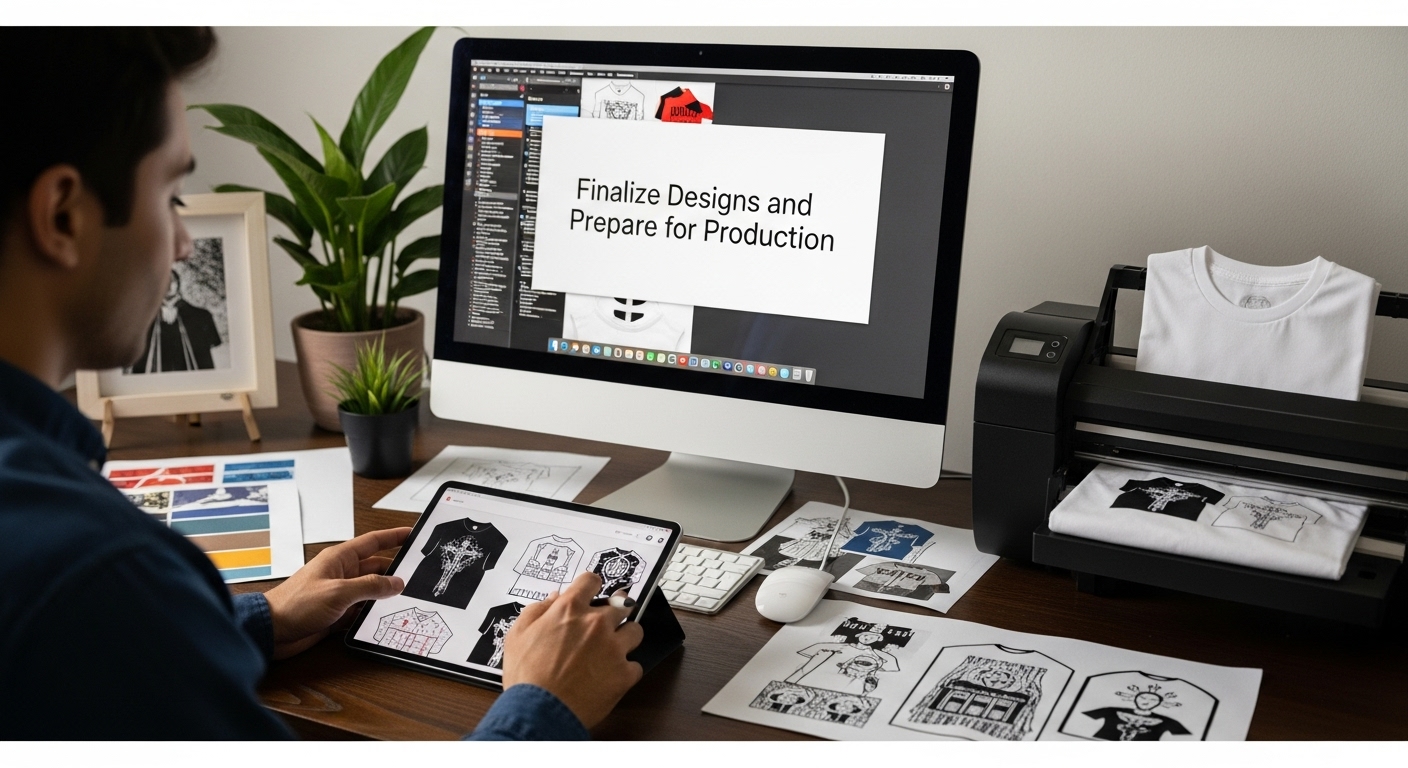
Turn Your Vision Into Catholic Merchandise That Inspires
You know the challenge. Finding Catholic clothing that feels authentic, meaningful, and actually connects with today’s world can be hard. You have read about the importance of purposeful design, research, and creating unique faith-based concepts in the article. Now it is time to translate everything you have learned into real-life action. We have built Evangelizing apparel & mugs, stickers to help Catholics like you bridge tradition with modern style while inviting honest conversations about faith in public spaces.
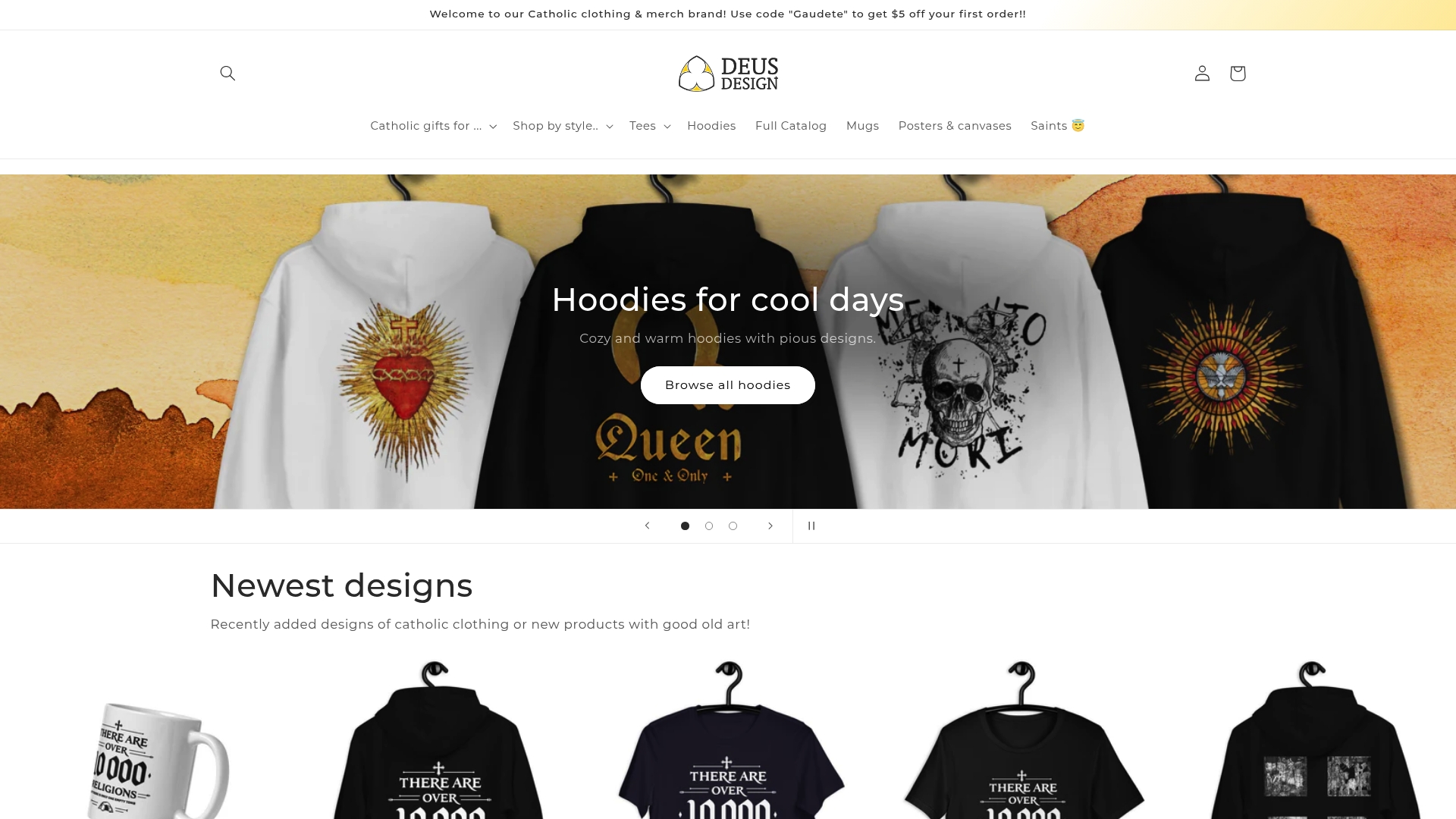
Do not let your design journey stop at theory. Visit Deus Design today to explore how our carefully crafted Catholic merchandise can help you evangelize with confidence. Whether you want to empower your parish, share a creative gift from Gifts for Catholics, for priests, wedding, baptism, confirmation, or simply wear your faith proudly, discover collections that reflect the very principles you explored in mastering the design process. Act now to bring your new vision to life and take the next step in making your faith visible to the world.
Frequently Asked Questions
What is the first step in designing Catholic merchandise?
Understanding your target audience and core purpose is essential. This foundational step determines the trajectory of your design process, ensuring your products resonate with the intended community.
How can I ensure my designs resonate with young, engaged Catholics?
By developing comprehensive audience personas based on demographic factors such as age, religious engagement, and lifestyle preferences, you can create designs that authentically speak to their experiences and preferences.
What should I consider when researching design trends for Catholic merchandise?
Explore visual landscapes across platforms like Instagram and Pinterest while paying attention to streetwear aesthetics and graphic design techniques that balance spiritual symbolism with modern visual language for effective communication.
How can I gather feedback effectively during the design process?
Assemble a diverse review panel, including young Catholics and design professionals, to provide structured feedback on your designs. Use targeted questions to guide their evaluations and ensure constructive criticism for refinement.
